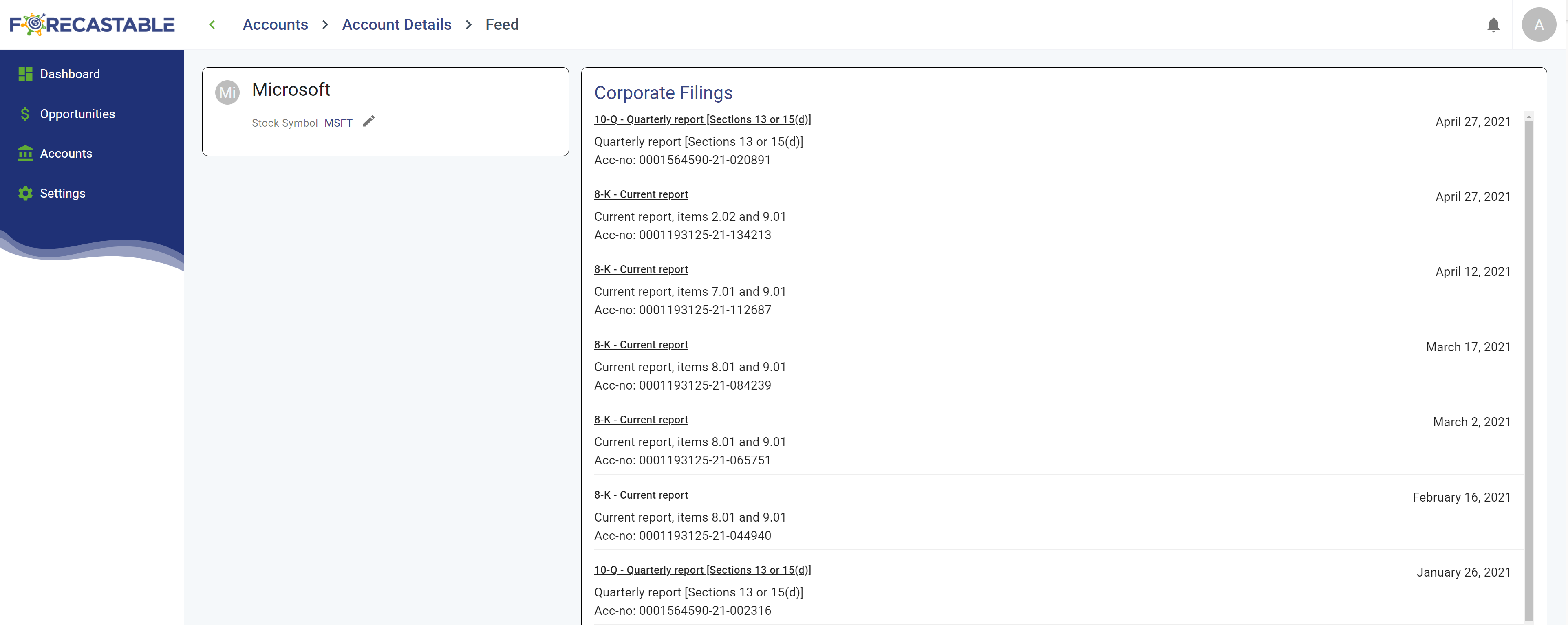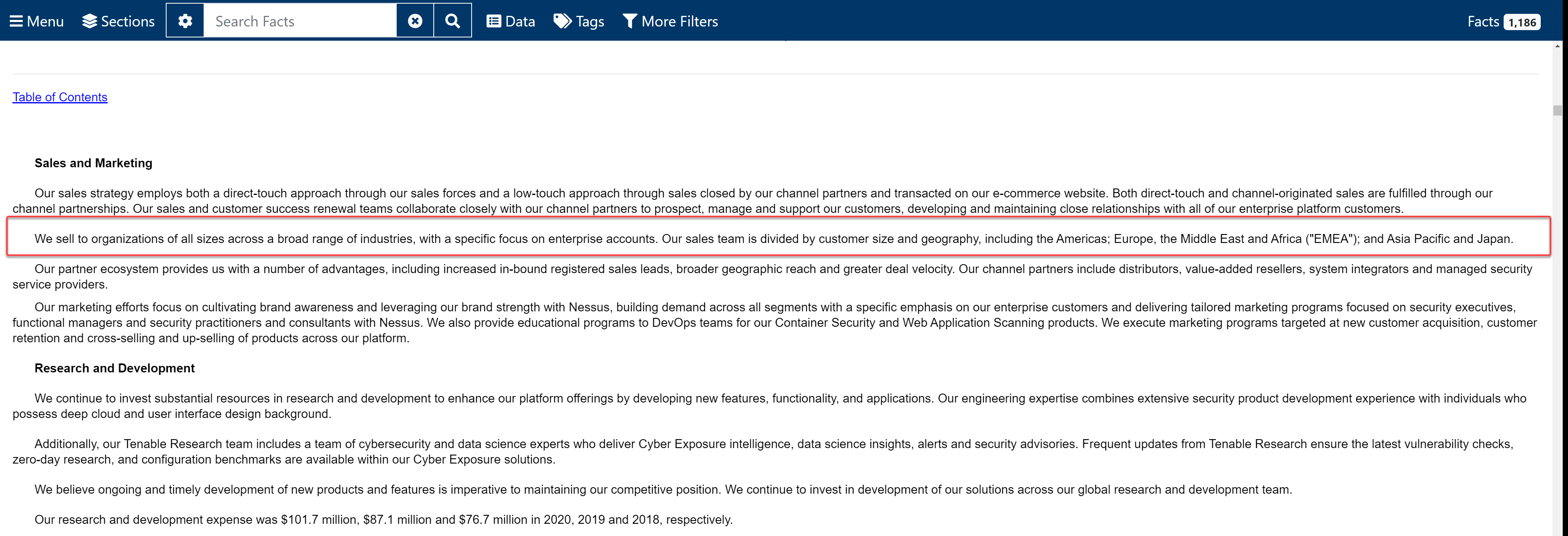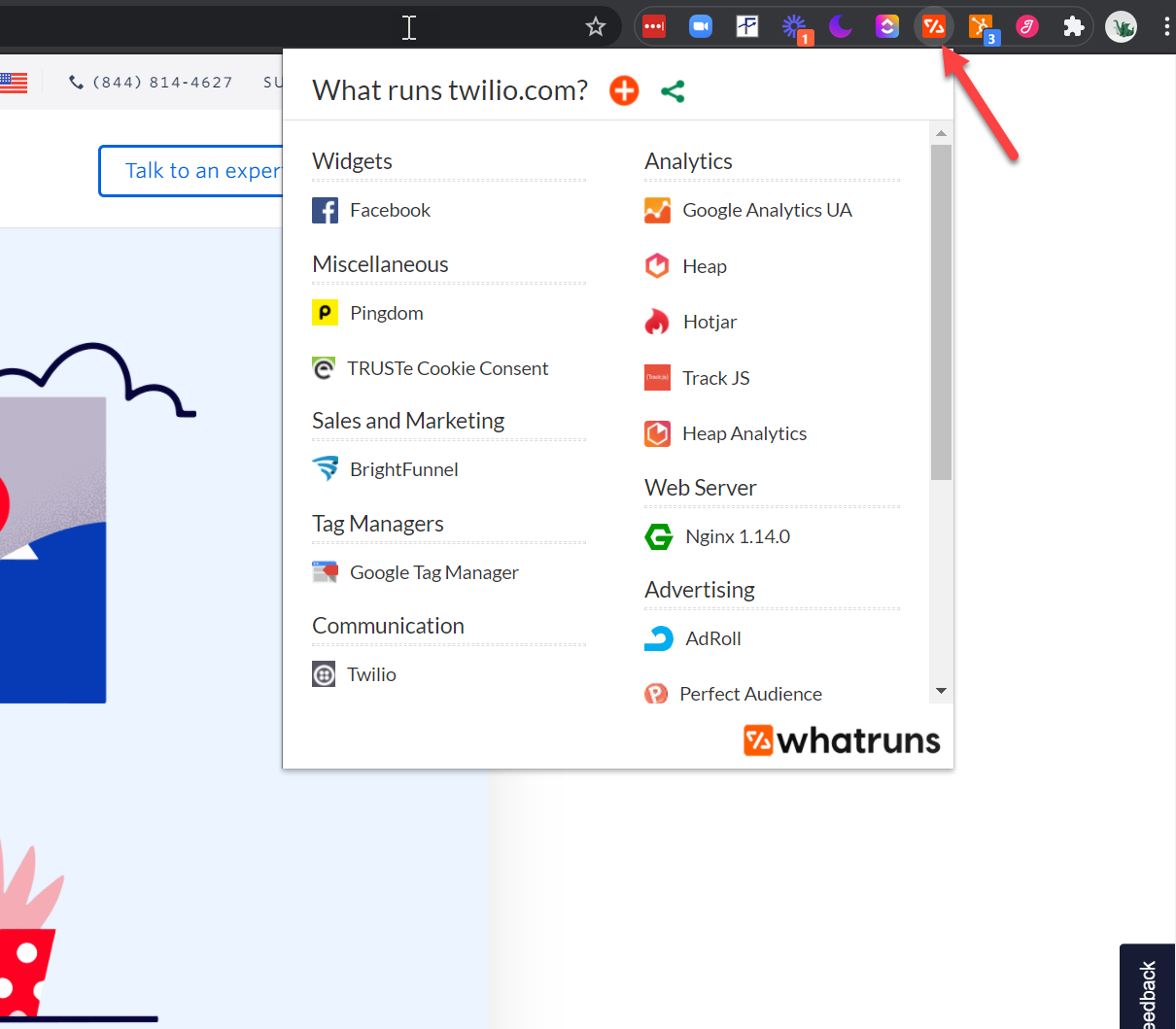Account Research *Best Practices in Mid-Market* and Enterprise B2B Sales

Account Research is all about answering the question, “Does this account have a need for what we’re selling and to what extent?” The best B2B sales reps in the world are consultative in nature and take great pride in solving customers’ challenges. If your customer doesn’t have challenges your solution solves for, then why spend any time on the account? This is account-based selling at its finest. I guess you could take the shotgun approach and spray your entire account list with generic messaging, with “hope” leading the charge, but we all know that hope isn’t a good strategy.
Additionally, account research should be done before any stakeholder research, as it’s sequential in most cases. Before you start digging into who will participate and influence the decision process, you first need to solve for why they should pay attention to you to begin with,, which will be answered through the account research function.
As a sales rep, this research typically begins with some internal searching or enablement. Hopefully you’ve got a sales enablement team standing by, ready and willing to empower and educate you. If not, maybe you’ve got a phenomenal product marketing team, whose content can help you best understand how to prioritize target accounts (in that post, we also cover who to speak with if you don’t have these internal teams available to you).
Here are some best-practice tactics for account research:
Selling to Public Companies
Value: 10
If you have public companies on your account list, you should feel lucky. A wealth of information about their performance, strategies, and objectives are made publicly available. We also wrote a guide on How to Arm Yourself with Information to Sell to Public Companies, to help sellers understand how to extract insights from corporate filings and where, specifically, to look in each filing. In the Forecastable platform, this data is always at your fingertips.

I pulled a 10-k on a current prospect and in the “Sales and Marketing” section, look what I found below. They told me the segments they focus on, they placed an emphasis on enterprise (our sweet spot), and they told me the markets they operate in. That’s probably a good thing to know for my outreach. There was a wealth of other information as well, but this is a small example of a little information nugget you can find to leverage in your outreach.

WHO’S DOING THIS IN YOUR CO-SELL MOTIONS?
LinkedIn Sales Navigator:
Value: 6
Distribution & Headcount:
This is a great indication of how healthy an organization is. Also, if you’re selling into a specific department and see massive headcount growth, this is a good sign that there’s probably some budget available to you in the department. Figure out why there is such growth in that department. Does your solution add any value to the story within this department?

Job Openings:
While distribution and headcount are focused on what roles were already hired for, job openings focused on what they plan to hire in the future, which could be a totally different look.

Account News:
We cover news a bit later in this post, but LinkedIn is another news source to add to your toolbelt.

Technographic Information:
Value: 5
Figuring out what technologies your prospect is running can have a profound impact on your approach, depending on what you’re selling. Much of this information may already be in your CRM system, especially if you subscribe to tools like ZoomInfo that continuously feeds your company with information about prospects. However, if you’re not that lucky, then you’re stuck doing some one-off research, which is still super easy. We tend to use a tool called “WhatRuns”, to help us figure out what technology a website is running when doing account research. It’s a simple Chrome Plugin that gives me lots of information.

But what can I really learn from this? Depends:
- Maybe I see a competitive product already in place. This tells me I don’t have to sell them on the category; just on how our solution is better. Faster cycle, potentially.
- Maybe I see some really expensive products already listed. This might tell me they’re willing to spend on premium solutions (very good sign if you’re selling a quality, premium product).
- Maybe you see nothing and when you take that into consideration, combined with their less-than-amazing website, they’re not worth your time. If you know you’re selling something that would be considered advanced, and they don’t even have the basics down, then it may not be worth it.
News, Press Releases, and Blog Content
Value: 5
Think about it — Why does a company share news about itself on the website. Answer: To look favorable or impressive in front of prospects and customers. Companies don’t publish news that’s “bad” for business. When you read most news sections, you’ll find them to be very self-serving:
We received “X” award, or so and so got promoted, or we got valued at $XBN…unicorn!, or it’s some Fear, Uncertainty, and Doubt — FUD — article that tells you their new study has determined the world is ending and they’re here to save the day, or maybe it’s a simple new-feature announcement.
Again, typically a very self serving section, but it will show you how they want to be perceived by their customers, investors, and competitors. As a seller, you should read this section to answer the following questions:
- How is the prospect trying to portray themselves? List them out. (Best at…, good at…, solves for…, aspires to…, etc.)
- Then ask yourself, “Is there anything in my sales bag that’ll help this prospect amplify or tell a stronger story?”
- Key Personnel Announcements – These people are new to the company and if they’ve made the news, they’re probably important and they will most definitely be making some changes, eventually, within the organization. Otherwise, they wouldn’t have been hired. New hires are always a potential new avenue and they should be prioritized in your stakeholder research.
Even if you come up empty-handed, meaning you couldn’t find anything that clearly maps to what you sell, all is not lost. You should walk away from their news feeling like you have a pulse on what they’ve got going on.
Events:
Value: 4 (unless you can pull off content collaboration, then value is 7+)
In-person events are still struggling to gain traction. Pre-Covid, looking at events was a great place to see where companies will physically be so you can find overlap. Even if you don’t think a stakeholder is going to be somewhere, using an event they’re company’s going to be at as an excuse for outreach can be enough to establish a conversation. Hopefully face-to-face events will pick up in 2022-23.
For digital events, are any of the speakers also on your list for stakeholder research? Listen to those events. Reference their own words in outreach to show them you’re investing time in getting to know them and that this isn’t a spray and pray motion.
Are any of the event topics relevant to your own offering? Involve your marketing department. Your marketing department isn’t getting as deep or granular as you are in your accounts, so they probably have no idea that there’s an opportunity for collaboration. If your company does a podcast, webinar, or joint post with one of your prospective accounts, that’s a win all around. Lots of opportunities to build relationships. Example — Get the email address of the person that wrote the post on their site and write them with, “Hi, Sally. I just read your post about “ABC” and really enjoyed your perspective on “XYZ”, especially when you went into “DEF”. I’ve run into that so many times myself. I know our team is in the process of writing about “ABC” soon and I’ve already shared this post with them. May I introduce you to that team? I’m sure they’d love to incorporate some of your expertise.” — This motion works; albeit a longer play. But if you can pull it off, it’s a winner. And try not to blindside marketing either. Let them know you’d like to try this. It help if you’re coming from a brand that’s also well established. They likely won’t partner with a startup.
Review Sites:
Value: 3
If you really want to get to know what’s happening with an established brand, check out popular review sites. You’ll quickly figure out what they’re doing well and where they’re struggling. If you happen to have a product that helps them in one of these areas, awesome. If not, probably irrelevant, unless you’re seeing a ton of really bad reviews in a row, which can indicate they’ve got bigger fish to fry.
Social:
Value: 2
Social is highly valuable and relevant for Stakeholder research, but not so much for account research. Most company social posts tend to discuss news, events and other things you’ve probably already read through. Still worth a peek though, just in case there’s something new and interesting here.
WHO’S DOING THIS IN YOUR CO-SELL MOTIONS?
Uncover Your Growth Potential
Whether starting with a single sales team or a single partner, any co-sell motion can be live within 30 days.
Schedule a Discovery Call



